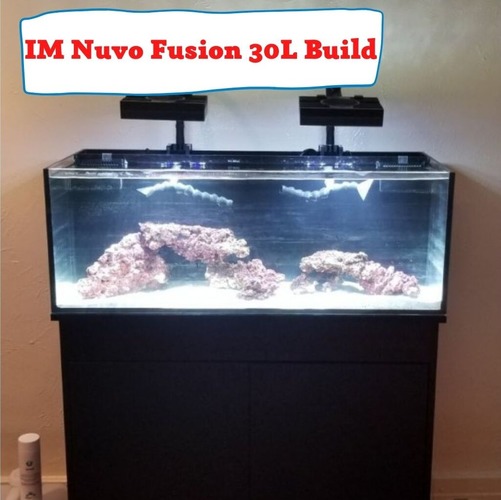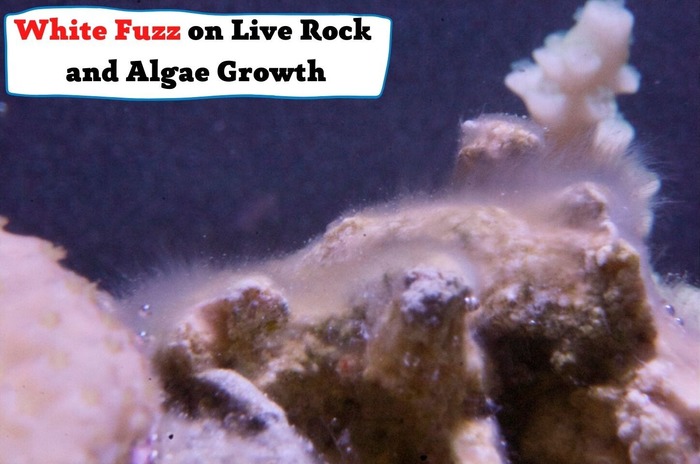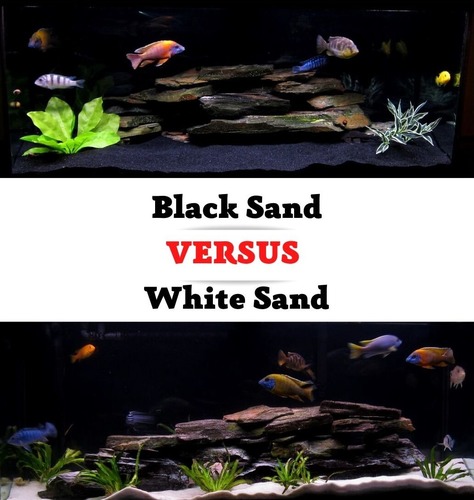
Algae is one of the pain points in an aquarium that no one ever wishes to have despite understanding that algae is not always problematic and is an indicator of a healthy ecosystem. In most cases, the aquarium owners develop the ecosystem so that algae are treated on their own.
But rust-colored algae? This one seems impossible to treat or remove in any way. Do you find it in your tank again in a few days? Well, if you have rust algae in your tank, you are really dealing with something nasty. Its color and spread in the tank are definitely not something that you could opt for, even in the name of the ecosystem’s health. Right?
But that’s okay. You don’t have to overburden yourself with the rust-colored algae. All you have to do is find the proper solution, and we have done that for you in this article.
This article covers:
- Meaning of the rust-colored algae
- How harmful is it to your aquarium?
- Reasons for having rust-colored algae
- Ways to get rid of it
Meaning of Rust Colored Algae
Many experts will see rust-colored algae as diatoms or brown algae. It is common in new aquariums when it is in a maturing phase. These unicellular organisms can stay alone or colonize to live and feed in the water bodies, and an aquarium is one of the best examples.
Is it harmful to fish?
Generally, no, the brown algae are not harmful to fish, but only if kept in controlled quantities. One of the problems with this alga type is that you cannot keep it controlled for long. It spreads like anything, so you’ll have to be extra cautious about it.
A few fish might want to nibble it too, but this is not the case with all fish species. Once the rust algae get out of control, it can be dangerous for your little pets. Moreover, they can form colonies over the plants, or the light path can reduce photosynthesis and thus weaken the plant.
Not to mention that a slimy layer of broken algae over your tank will not be appealing in any way. You might feel disgusted about it.
Reasons for having rust-colored algae in your aquarium
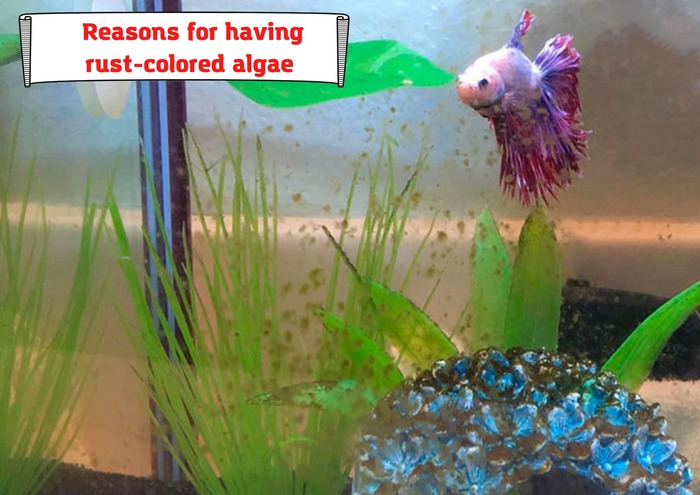
Have you tried all remedies but still have the rust-colored algae in your tank? This is because there must be underlying causes that will keep this algae type’s space in the tank. Let’s look at these possible reasons to cope with the issue in the long run.
New Tank
If your aquarium is new, it is highly likely to go through multiple series of algae blooms and of different kinds as well, so it is not much of a point to worry about.
It is because of the adjustment that your aquarium is going through, and it might take a few months for your tank to find a balance on its own.
You have to keep removing the algae, whether it is the rust algae or any other type, every week so it will not overcrowd your tank.
Old Aquarium
If your tank is old and you have started seeing the rust-colored algae covering the bottom and sides of the aquarium, then there can be multiple reasons for it. Removing the algae will not be a long-term solution if you do not treat the underlying problems. Here are a few reasons for the existence of rust algae.
Overfeeding
Do you overfeed your fish? You might want them to be healthy with proper food, but while you are giving your fish excessive food, you are also preparing the grounds for the rust algae to prosper on those leftovers.
So, if you keep overfeeding your fish, your aquarium will have some extra food, and the result of all of it will be the chances of seeing rust algae again.
Gravel cleanliness
We are not sure what importance you give to the cleanliness of your tank, but if you neglect it even a bit, then rust algae could be the fate of your tank. You have to ensure that your aquarium’s gravels are clean. The extra material can provide a solid ground for the algae to surface again.
To avoid it, ensure to clean gravel regularly.
Filter cleanliness
Filter cleanliness is one of the other aspects you have to look for when facing the rust algae problem. Your filters can provide enough nutrients to make this alga grow. So, it is essential that you clean your filters every month.
Overstocked tank
If you are already working on the above issues diligently, then your tank might be overstocked. Suppose your fish don’t have a comfortable room in the aquarium. In that case, you can imagine the waste removal and other issues cannot be appropriately catered, thus resulting in the form of a rust algae outbreak.
How to get rid of Rust Algae?
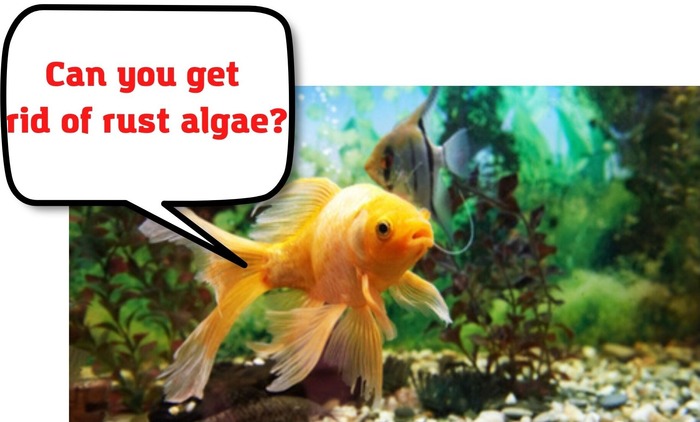
As discussed, the above aspects could be the reason for the propagation of rust algae. To eradicate it permanently, you’ll need to adjust these factors.
Adjust your nitrates and phosphates
Most of the problems that the above reasons create are because of the increase in nitrates and phosphates. Even if your water testing kit says that you have zero of them, but the algae in your tank are blooming, it means that there were phosphates and nitrates in the tank that are being caught up by the algae.
So, here’s what you can do.
Water Changes
If your tank is suffering from the rust algae problem, then changing half of the tank’s water can help as it will reduce at least half of the nutrients in your tank. With the remaining half and the new water addition, you can expect your nutrients to balance, not providing enough opportunity for the algae to grow.
Skimming
Skim all the biological waste from your aquarium. Don’t wait for the filters to be filled before starting the cleaning process. There is a high chance that the remains from the filters will get to your tank and cause an increase in nutrients. With the overflowing filters, there is a risk that all the biological waste already collected will get into your aquarium again, and you’ll have to spend even extra time cleaning it. Plus, you can expect the problems it will create for your pets living there.
Algae Scrubbers
You must use algae scrubbers to remove every bit of algae you see in your tank. Removing it continuously while adjusting all the other factors can help you get rid of this problem eventually.
Nitrates and phosphate removing products
We don’t recommend using them in every situation, but when you have rust algae in your tank, it is best to utilize them because it will ensure that all the phosphates and nitrates in your aquarium are removed. With the reduced food supply available, the chances of rust algae growth will be reduced significantly.
Include livestock that reduces algae
You can add the Mystery snails to your tank to ensure that they eat algae and bring in a cleaner tank for you. You can consider them an automatic way of doing things done. It can prove to be a long-term strategy as well. However, introducing them to your aquarium might come with other problems, too (for which you should plan ahead of time).
Summing up
Rust algae might grow a lot more quickly than the other algae forms and could be dangerous for your fish and plants if you don’t account for it timely. Besides, removing this alga is not a solution that can help in the long run. You have to work on the sources of its growth to get rid of the problem permanently.
- Pleco Not Eating. Main Reasons Your Pleco Is Starving - February 21, 2022
- Foxface Fish Sting: Any Danger? And What To Do To Relieve Pain? - February 20, 2022
- White Stuff Coming Out Of Snail – Dangerous? Should You Worry About It? - February 19, 2022


